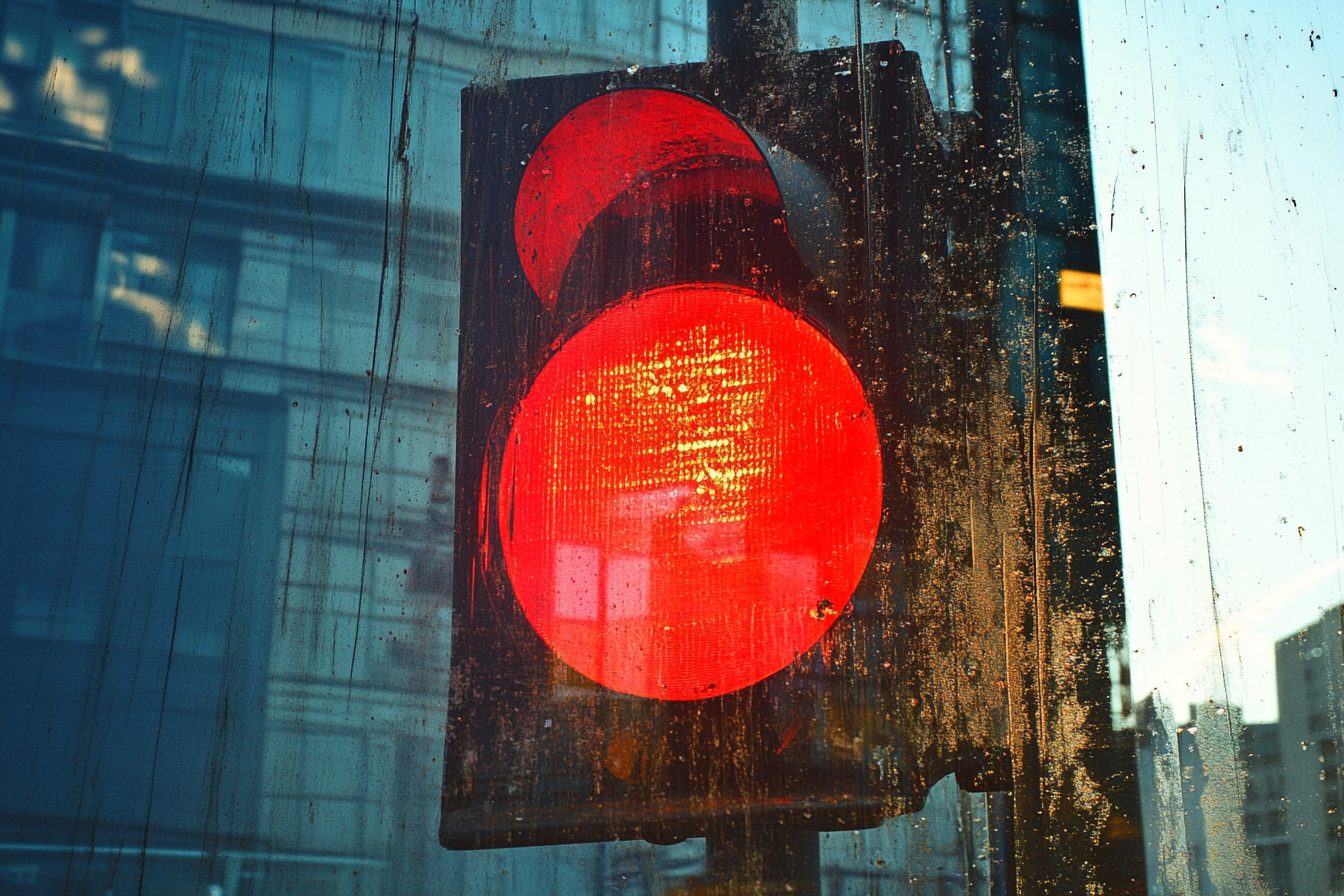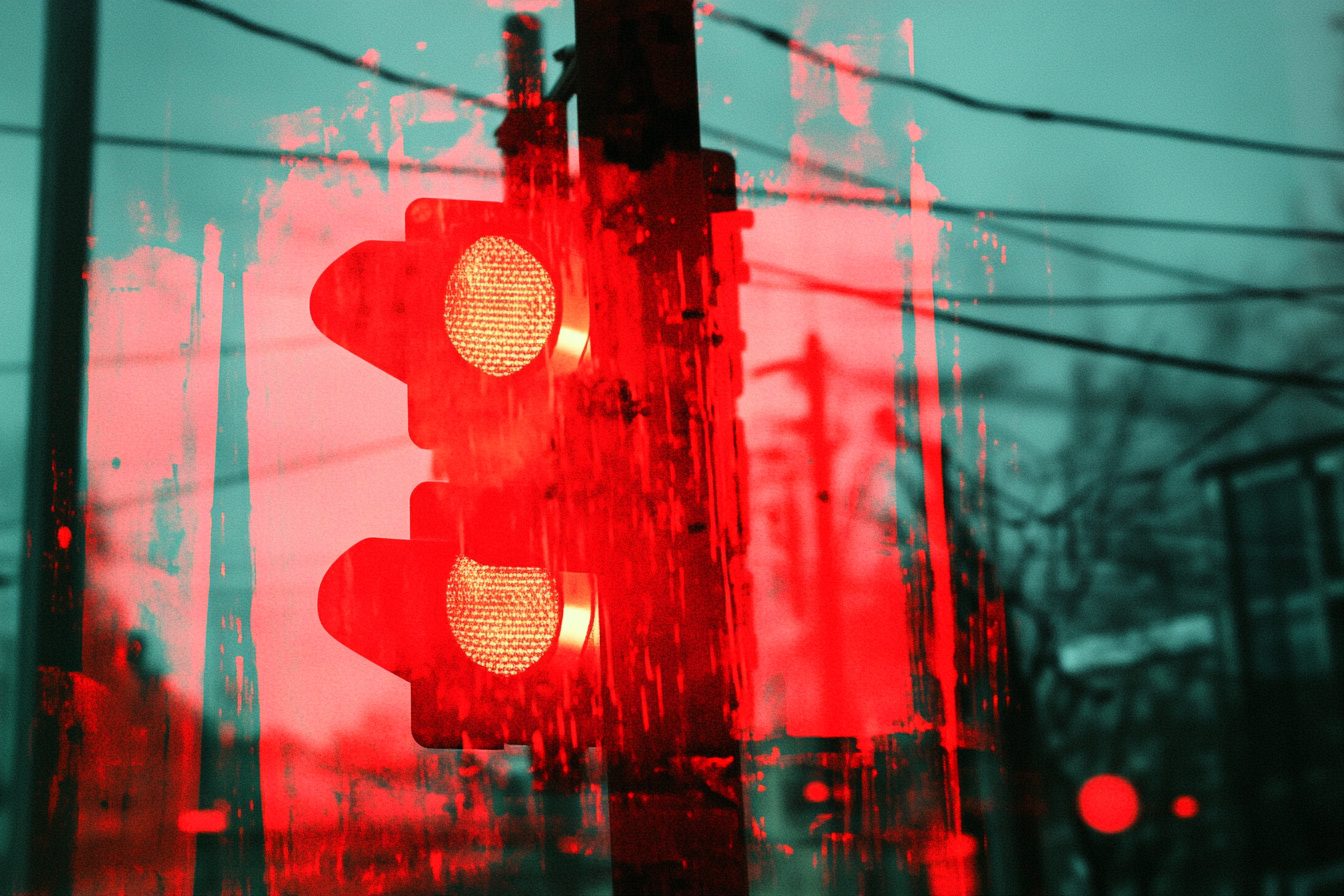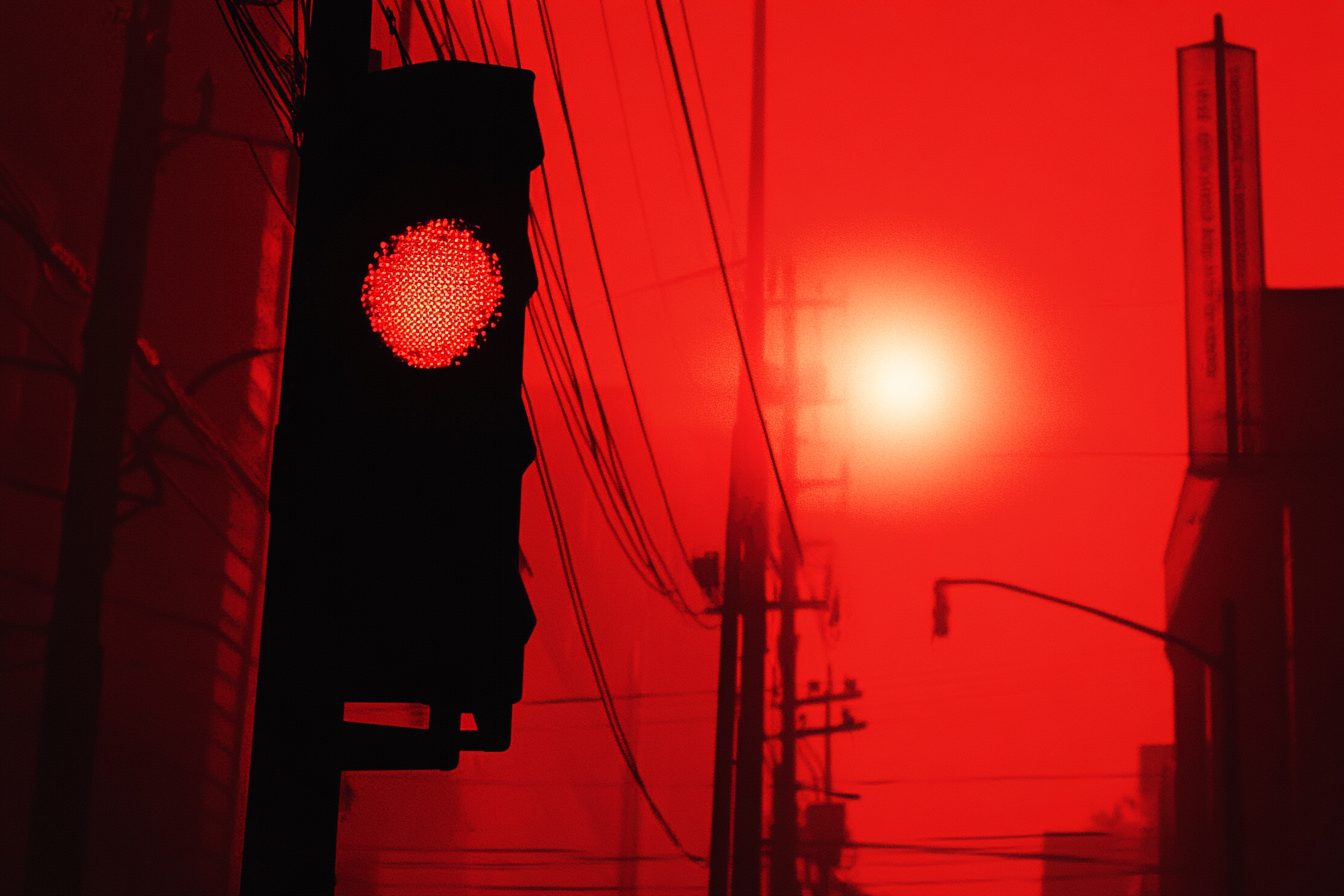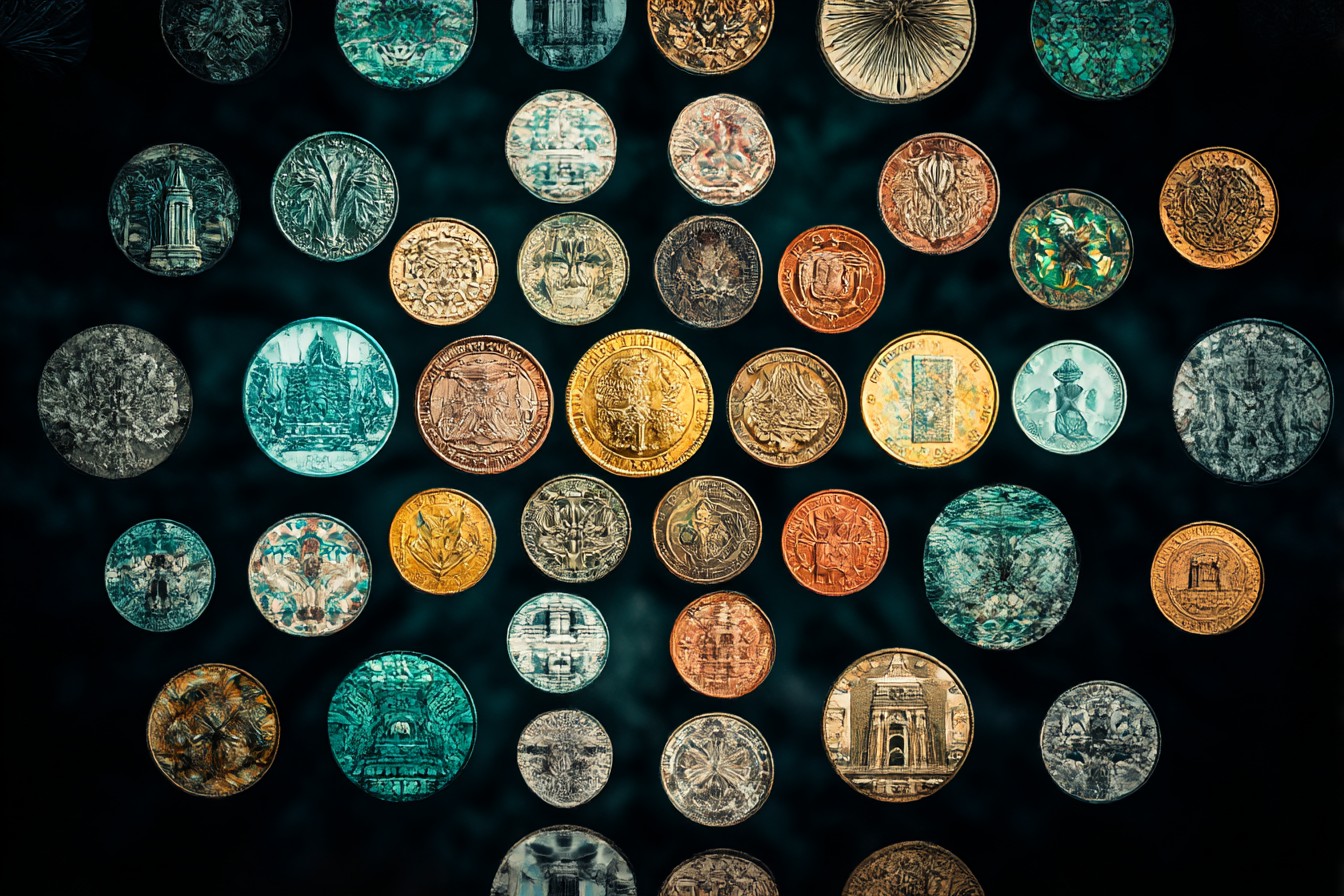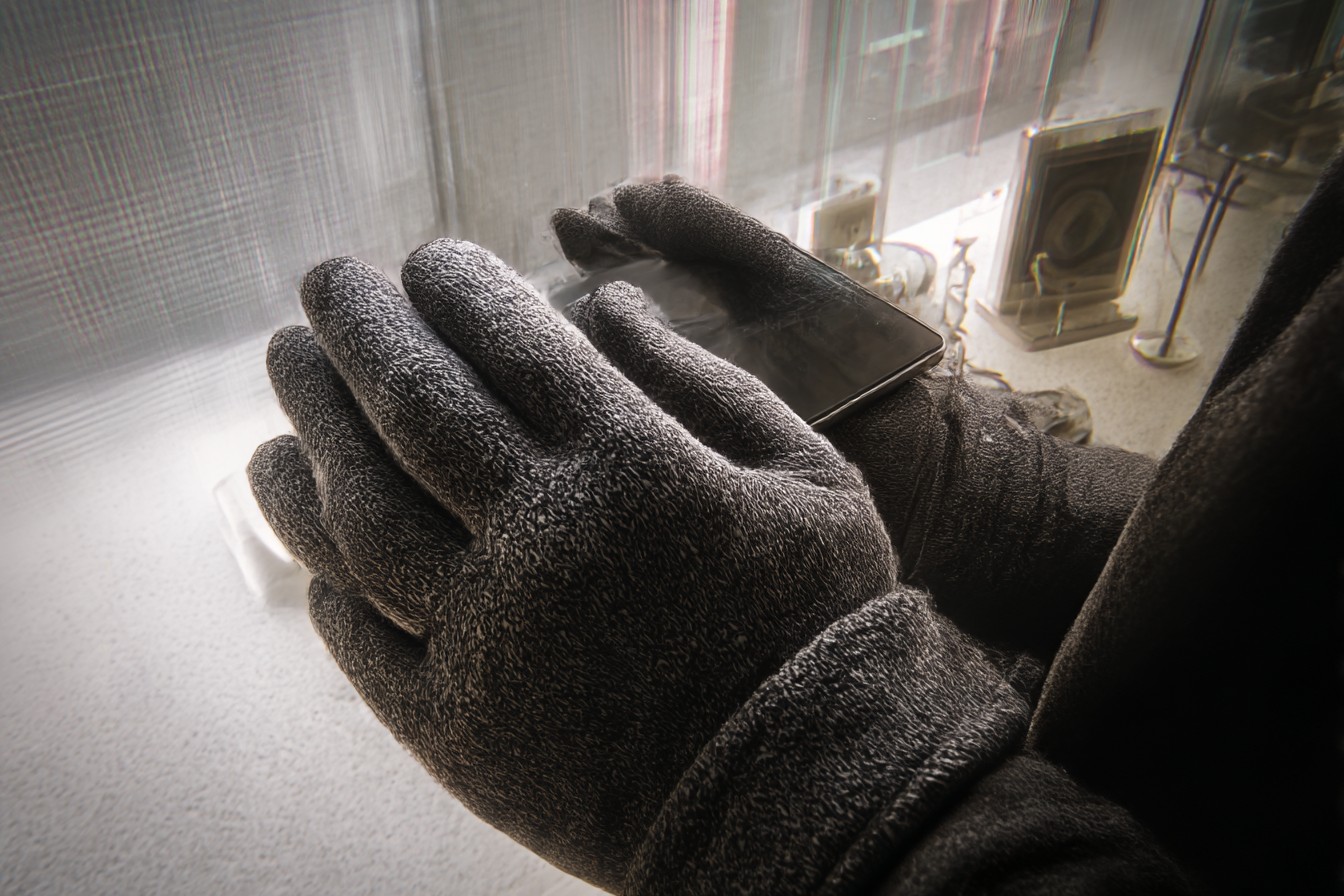There it is again, that dreaded red light above the intersection of Maple and 4th that seems to stalk me. I feel as though I have been here long enough to the point where coffee is no longer fresh and scalding, but old and wet. With the feeling of gels and seasons shifting.
None of my situations seems to improve anytime soon as the radio cycles through it’s third horrible tune. I reside in the mundane world of cars with nowhere to go, somewhere at the intersection of imagination and reality. Heck, stopped seemed to be some twisted new level of undefinable suffering. I might even be losing my mind. I Was stranded in redundant silence without escape.
Every moment feeling harder than the last. All while waiting for the maple and 4th intersection’s lights to choose the next victim. These lights, which under normal circumstances would be able to assist streamlining navigation of the junctions, apparently had returned to my car just to mess with my sanity.
The industrious marvel deemed “traffic light” seemed to have decided that frustration and stagnation were the new life lesson for snatching the remaining semblance of order from life submerged in chaos.
It was once simple: red meant stop, green symbolized go. Now sophisticated systems lie hidden under the asphalt – sensors, timers, and much more. They call it progress.
As I sat behind my steering wheel observing endless streams of cross traffic, I began to notice far too many things, the surfaces of my steering wheel were smooth owing to friction. I recently got the impression that those systems were all part of a bigger conspiracy.
A sliver of red that bordered on “stop sign” red along with the minor emergency I was experiencing filled my vision. Each minute I glanced at the clock on my dashboard, my left eyelid twitched. Five minutes passed, then seven, then ten. Alongside me in the SUV lane was gray, expressionless face of a man who seemed to be a picture of acceptance adorned with a mask of unmotional blankness. My jaw dropped. His face was so devoid of emotion, it somehow conveyed something.
In a blue sedan behind sat a woman furiously debating what I assume was the most critical phone call of her life. We were transformed into unwilling community solely bound by the ‘red-light solidarity’. For the moment, I began formulating a conspiracy on the long standing red lights.
They aren’t broken. They are working as intended. And who is it again that set these patterns of behavior?
Of course, our old friend’s traffic engineer. To put it more precisely, a Sadistic Traffic Engineer. A male, I presume, because when did you last hear about a woman working as a traffic engineer? What does he do when he is not busy telling us when the street lights, numbering 12,000 in total, will be functioning?
He is watching us, of course! Indeed, I was talking to myself a moment earlier. Right there and then, I found myself deep in discussion, having moved away from murmuring into critiquing infrastructure, so much so that it started to resemble some modernist exhibition involving paintings piled upon paintings.
I tried not to be too metaphorical—but in my attempt to illustrate things more clear-cut, I ended up being rather abstract. Admittedly, to any passenger sitting in the car next to mine, my indignant rant about the infrastructure was unusual and strange.
I would like to point out that this was only one example of what I receive out of the endless array of infrastructure-related concepts that I’ve placed within a box labeled “awesome infra-abstract ideas.” Along with those ideas come a stream of responses from within the individual suffering from long delays at red traffic lights. It begins with the impatient fingers tapping, taking swipes at the clock repeatedly.
Then there is bargaining—“If this light changes in the next thirty seconds, I will donate to charity.” Finally, there is the true crisis and existential phase: “Why am I even going to the post office? In this era of digital services, what is the point of going ‘postal’? What is the point of anything?”
I had reached an unusual state of zen an hour into the journey.
Loosening my grip on the steering wheel, I decided that time had become utterly trivial. I had melded with the red light.
The red light and I were two beings suspended in flawless stillness—and then, miracle of miracles—“It changed.”
That shimmering emerald sign of liberation! I had been granted the freedom to move. With the cars in front, I too, perhaps a bit too enthusiastically, surged ahead.
For about twelve seconds, I took pleasure in the sensation until stopped by the next stop light. My city’s traffic engineers have perfected the ‘red wave’—unlike the fabled ‘green wave,’ or the scenario where you catch all the lights just right. No, the red wave ensures you do not catch any lights just right and in fact, guarantees that each light turns red just as you approach it.
My daily drive takes 18 actual minutes of driving and 27 minutes at red lights.
Out of nearly half an hour of driving, over sixty percent was spent deep in thought and scrutinizing my life choices while caught in the standstill of traffic. Contemplating your life choices while stuck in a stand still gaze can give you a perspective of the world that’s completely different. A whole world beyond your perception which you have barely scratched the surface of, the bizarre business names that you would otherwise whiz past without giving them a single thought, a perpendicular look aimed towards an elevator brings incredible enlightenment to how filthy a building really is.
During those moments of standstill, the subtle nuances the world has to offer: the surrealistic questions graffiti has left on zoomed out, glorifying structures, the spectators towards the nose-picking spectacle at rest stops on the roadside, these are the things you are forced to observe simply while waiting at red lights. In my case specifically traffic lights manysm.
Numerous romantic relaitonships have been painted before my eyes while caught within the four walls of a car. Even more breathtaking, proposals and entire marriages can be visualized unfolding before your eyes. But of course the most fascinating experience remains the one where a man can effortlessly devour an entire dish of spaghetti without using anything except for his knees to steer. His knees to steer and a fork clutched within his hand, all in the traffic of a thumbs up version – imprinted forever in one’s memory.
I recall a particular instance when I saw a woman apply a full face of makeup with a dog sitting on the passenger side of the car wearing sunglasses. Elaborate routines were dictated by the mundane steering motion of a car as if the woman was driving a two-ton vehicle. It did not occur to me until I had brought the car to a halt and stared at the ‘doggie sunglasses’ plastic decoration for me to realize that it wasn’t a dog at all. This is the truth we observe in the half seconds we manage to capture while time remains stationary. The universe reveals itself in the colossal forms that are usually hidden when we are in a rush.
I do not want to sound negative, but these unnatural red delays are the time-frail dagger cutting us in half. No, unlike rest continents say about the suffering cold waters of the ocean, these hot unmixed galactic lasers have absolutely no heartbeat. And the truth battered my heart. It simply means I possess way too much of my existence compelled in the waiting line.
From time to time, I wonder if the traffic light is the best metaphor for contemporary existence. “Stop” means stop, and “Go” means go. We just sit and look forward as though waiting for some higher power to issue the next cue, even during complete stillness, not a single vehicle in sight, during the most lonesome hours of the night one can think of.
Such reliance makes us search blindly for some structural framework, and we forget to exhibit any autonomous self-supervision. While recalling these thoughts, I sat at a crimson light in Old Town whose roads were exceptionally devoid of traffic. That particular light seemed like the ideal illustration of submission, and proved my point.
Not one of them marks an intersection of tremendous importance. None of them have any purpose for my adding vehicle cross traffic. And still, for some reason, this one light appears to relish providing the most ridiculous stretches of “waiting time” the hardest battle of resolve—and self-verbal encouragement one could give to themselves in the form of an inner monologue directed towards a seemingly bewildering light.
This particular light has witnessed both the best and worst of my creative cursing. It will testify to the bargains I have made with forces beyond my control. It has watched me perform a desperate little hope and despair ritual while off the engine, saving fuel, then turning it back on, then off again.
I began departing for my appointments fifteen minutes earlier than anticipated. It’s not that I am more responsible all of a sudden, but that I figured out how to game my portion of the timetable. I know I will be facing a red light along my path.
I no longer get bothered by red lights because I can account for how much time they will take and not lose additional time while traveling. The next time you catch yourself at one of these neverending red lights, do some sightseeing. Observe your fellow lights prisoners.
We are all together in this unplanned break in our otherwise chaotic life. Make eye contact. Acknowledge them with a nod in shared recognition of our situation—and, in turn, plight.
Perhaps even smile in a way that suggests, “Aren’t you glad we aren’t dead-zoned by this light forever?”
Another thing you might consider doing is what I did yesterday. I imagined that I had turned off the engine and the place I was meant to be in was exactly where I had to be. Because for those few minutes, it felt real.
And in the end, the light will change. That’s how it has always been. The funny part is that, at some point in the near future, when you are zipping towards the next red light as if it’s some kind of obstacle in a race, you will most likely lose all memories of being jailed inside a pedestrian crosswalk for just a little too long.
Navigating our controlled roads is like following a rhythm of life defined by **x**; within a situation of set movement intervals. This unfaltering timing dictates our movements in all divisions without any thought or compassion towards set destinations, allowing no care whatsoever.


